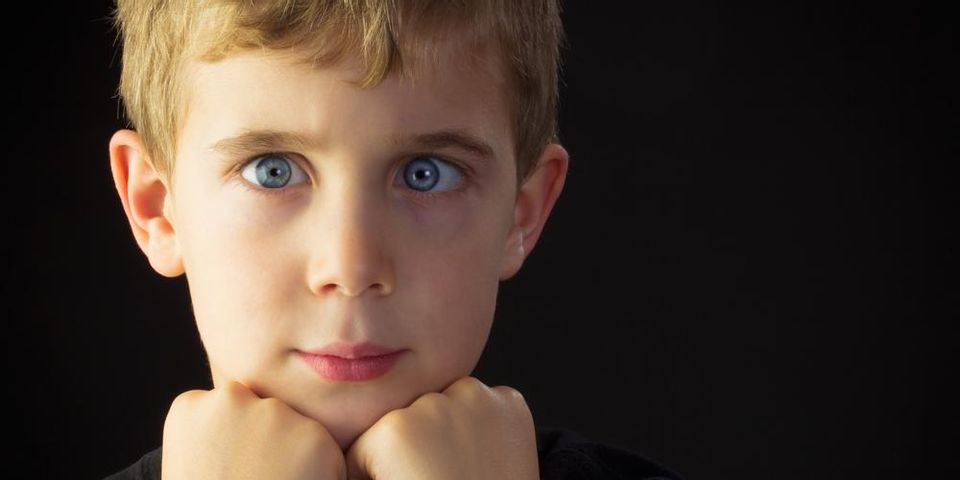Miamisburg Eye Doctors List 4 Leading Causes of Lazy Eye
By Wing Eyecare

If you have recently observed your child has difficulty with depth perception, is tilting their head to one side, or one of their eyes is wandering inward or outward, they may be developing a lazy eye. By definition, a lazy eye is the weakening of one eye which can result in misalignment. Children usually develop this condition within their first seven years, and, if left untreated, it can result in permanent vision loss for the affected eye.
The family eye doctors from Wing Eyecare in Miamisburg, OH, often work with children who are affected by this condition. Below, their team of optometrists lists four of the leading causes of lazy eye in children.
Eye Doctors List 4 Leading Causes of Lazy Eye
1. Amblyopia
Amblyopia is one of the leading causes of misalignment of the eyes in children, and it’s the result of insufficient nerve stimulation between the brain and one of the eyes. To compensate, the brain begins to favor one of the eyes, causing the other to become gradually weaker. Over time, the weaker eye can begin to cross inwards or outwards, resulting in poor depth perception. Glasses or contact lenses may be used to treat this condition, although severe cases may require surgery.
2. Strabismus
Another leading cause of this condition is strabismus. With strabismus, the muscles surrounding the eyes do not communicate properly and have difficulty pairing. This can result in one eye becoming substantially stronger than the other. This condition can be both caused by and the cause of amplyopia. Many eye doctors treat the condition by placing a patch over the stronger eye, in order to train the muscles in the weaker one.
3. Refractive Anisometropia
 Refractive anisometropia is a notable and significant difference in prescription strengths between both eyes. This can be caused by near- or farsightedness, although it is also the result of astigmatisms. Refractive anisometropia can be treated with glasses or contacts, although surgery may be an option later in life.
Refractive anisometropia is a notable and significant difference in prescription strengths between both eyes. This can be caused by near- or farsightedness, although it is also the result of astigmatisms. Refractive anisometropia can be treated with glasses or contacts, although surgery may be an option later in life.
4. Deprivation of Clear Vision
If your child faces visual deprivation—such as a cataract—in one eye at a young age, it can result in the development of a lazy eye. When left untreated, this form of deprivation at such a young age almost certainly results in vision loss for the affected eye. A skilled ophthalmologist should be contacted as soon as possible to help treat and correct this condition.
It is worth noting that in addition to these causes, there are certain risk factors (including low birth weight, premature birth, and genetic history) which can contribute to the development of this condition. To help catch this condition before it worsens, eye doctors recommend scheduling your child’s first eye exam between the ages of three and five. To schedule an eye exam for your child today, contact Wing Eyecare by calling (937) 247-2000. For more information on other services, visit them online today.
About the Business
Have a question? Ask the experts!
Send your question

